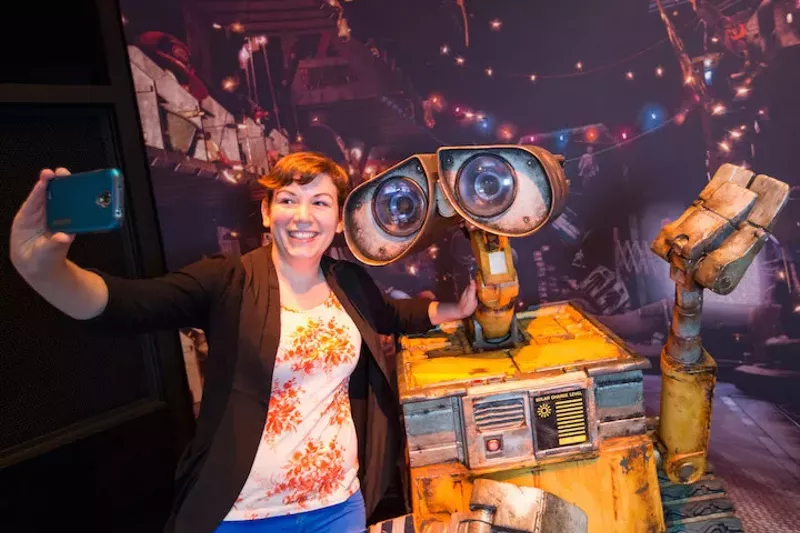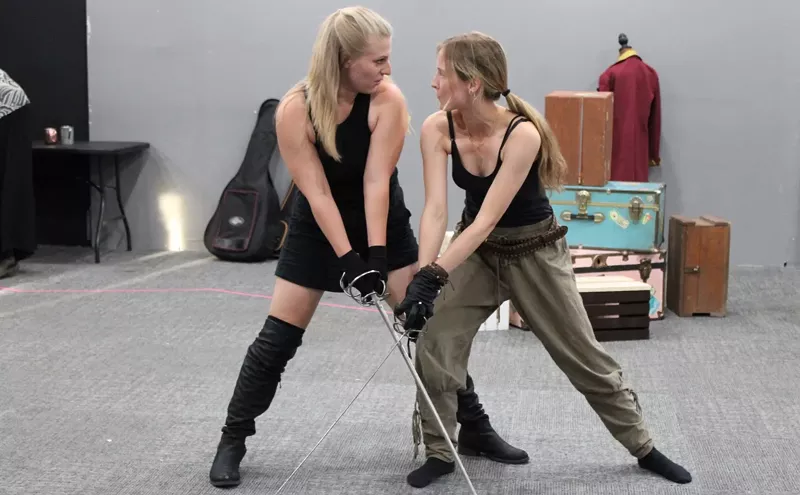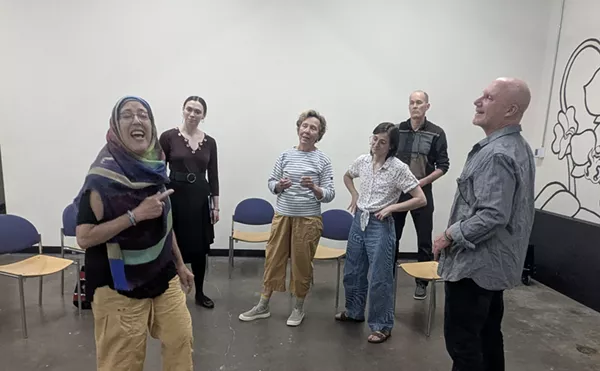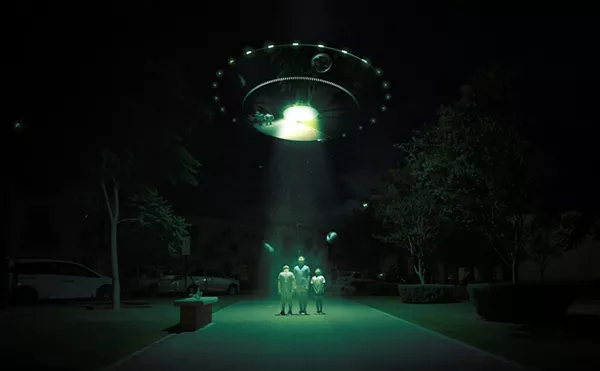The kid-friendly exhibit is structured as a step-by-step walk-through of what it takes to create a CG animation, illustrated by real-life examples and trivia from Pixar’s catalogue. In an email, Greg Koronowicz, senior media producer of digital media and co-curator of The Science of Pixar, said that the museum has seen an increase in demand for interdisciplinary exhibits that meld analytical thinking with creativity.
"STEAM — Science, Technology, Engineering, Art, Math — is something that the community is highly interested in, as are we at the Museum, and The Science Behind Pixar is the perfect exhibition to highlight a variety of aspects in those fields at once," he wrote. "As you explore this exhibition and its interactive elements, you will be engaged to think critically and to use engineering, technology, art and physics in the same ways that Pixar artists do to create our favorite Pixar characters."
If you thought that the introduction of computers made animation easier, experiencing the painstaking steps that Pixar staffers take to bring their creations to life will likely disabuse you of that notion.The tour begins with modeling — the initial steps of turning concept art into a manipulable object — followed by rigging, or setting up that object to move realistically, and the creation of different surface textures. From there, the exhibit moves on to explore the creation of the films’ virtual sets and camera angles. This little-appreciated part of the process can be fantastically labor-intensive. For one scene in WALL-E, a team of ten artists spent more than a month creating, arranging and lighting 1,000 unique props.
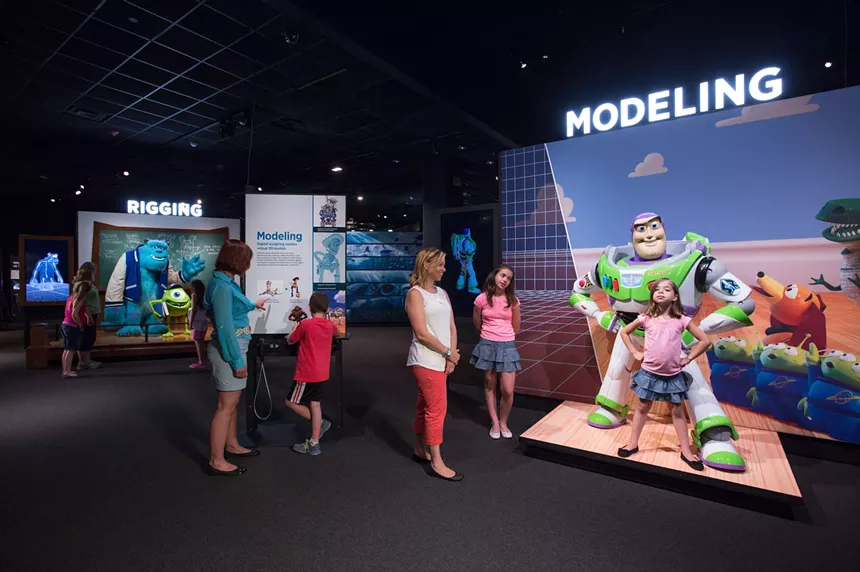
The exhibit is designed to take visitors on a step-by-step journey through the creation of an animated film, from initial model design to rendering.
Disney/Pixar
Along the way, visitors will have a chance to go hands-on at more than fifty interactive stations, trying out different technologies by creating a 3-D object, building a Wall-E-style robot, or even creating an animation of Luxo Jr., the jumping lamp included in the introductions of all of Pixar's movies. (Young fans will also get to pose for pictures with human-sized mannequins of popular characters like Buzz Lightyear, Mike and Sully, and Dory.)
The Science of Pixar runs Friday, October 11, through April 5 at the Denver Museum of Nature & Science. Tickets are $29.95 for adults, $24.95 for seniors (age 65+), and $22.95 for juniors (ages 3 to 18), with general admission included. Reservations are recommended.

